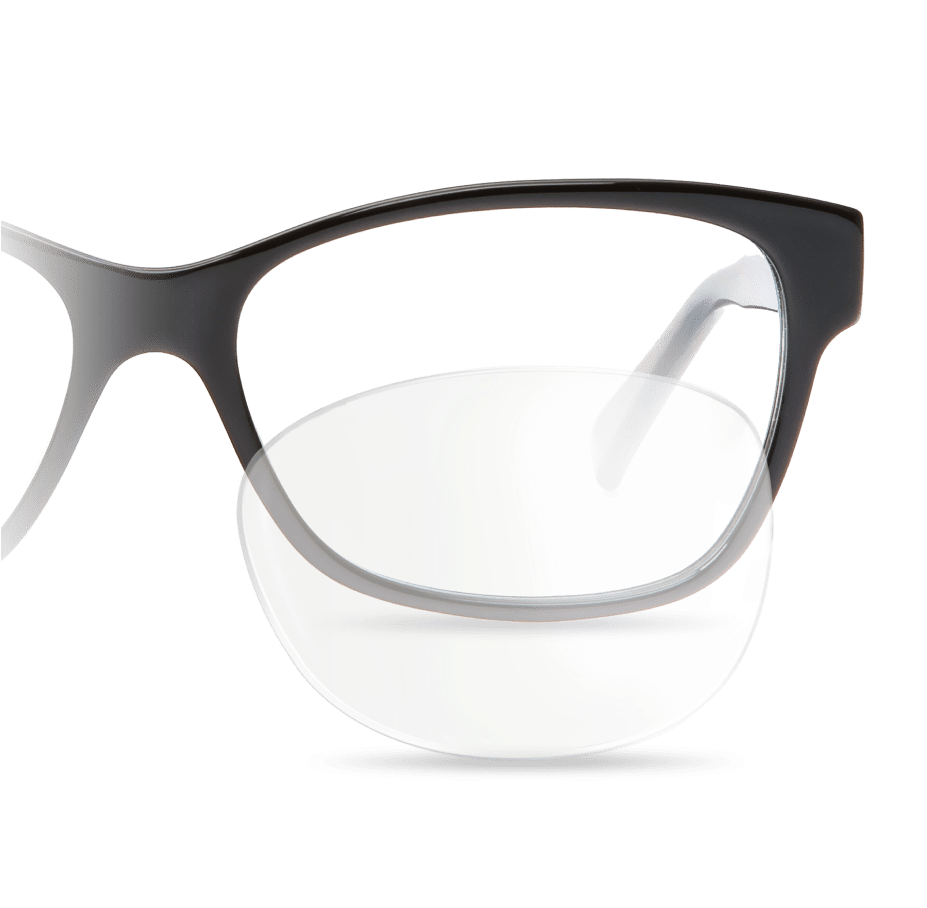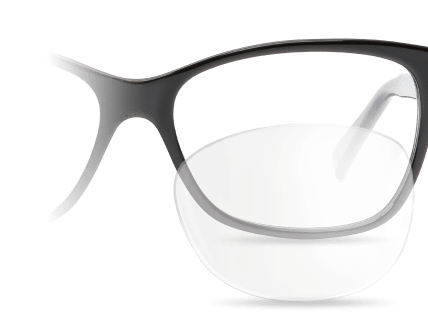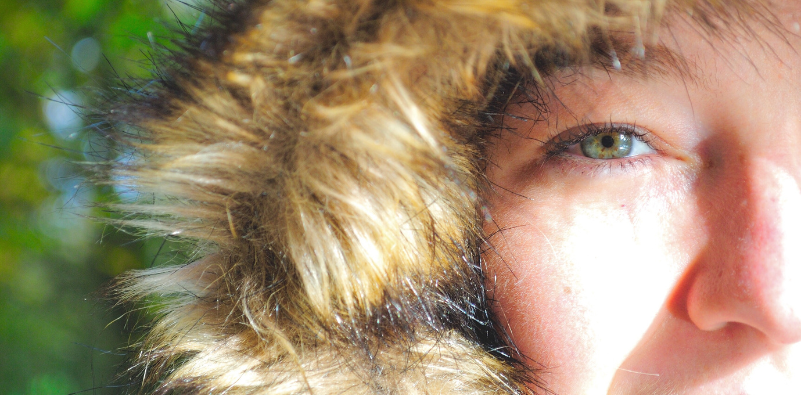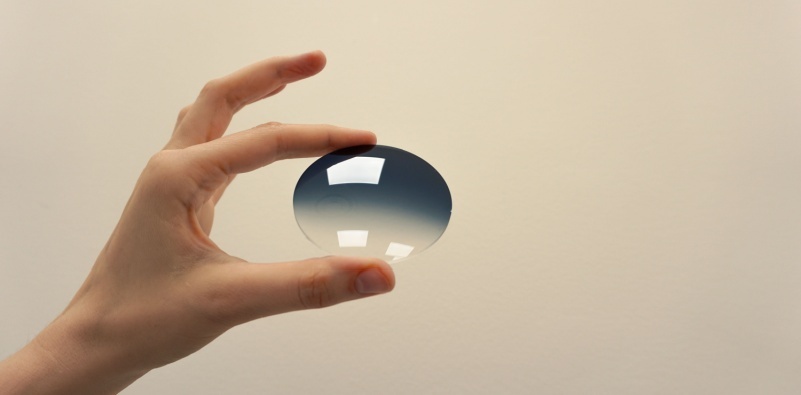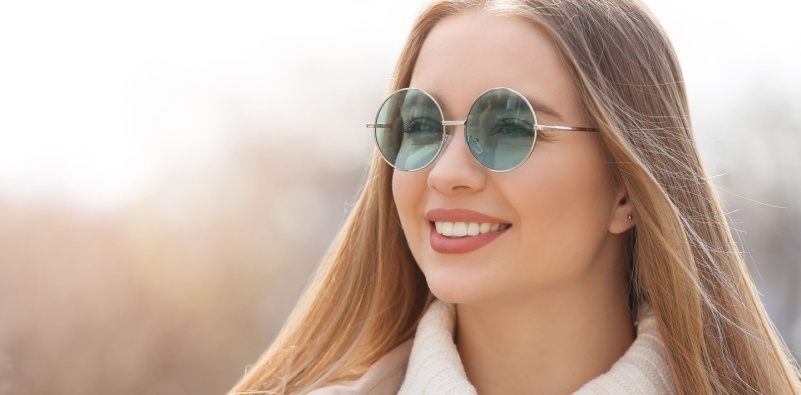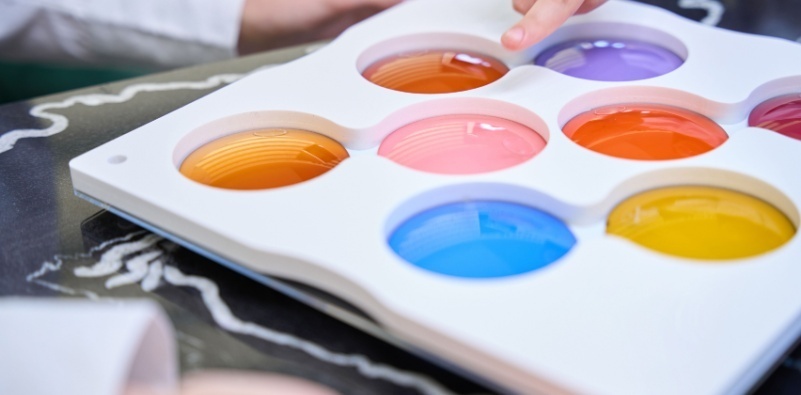How tinted lenses can banish the winter blues

Introduction to Eyeglass Lenses
Eyeglass lenses have come a long way. They’re no longer just about helping you see better—they’ve evolved into essential accessories for comfort, style, and even mood. Thanks to advances in lens technology, today’s lenses offer much more than just vision correction. Tinted glasses are a great example of how lenses can improve both comfort and style.
From yellow tints that boost contrast to blue light glasses for extended screen time, tinted lenses cater to a variety of needs. Whether you want to reduce light sensitivity, enhance color perception, or simply add a stylish touch to your look, there’s a lens tint for every occasion. Let’s dive into how tinted lenses work, their benefits, and how to choose the right pair for you.
How tinted lenses can banish the winter blues
Feeling drained, down, or lacking motivation during winter? You’re not alone. The “winter blues” affect many people, and the shorter, darker days can negatively impact both vision and mood. As daylight shrinks and the weather gets gloomier, your eyes can feel more tired, especially when you’re stuck inside, glued to screens.
During the colder months, glare from snow and ice or increased indoor screen time can cause eye strain, making activities like driving or working feel harder. If you’re light sensitive or prone to migraines, these symptoms may worsen. Luckily, tinted lenses can be a game-changer for clearer, more comfortable vision during winter. Here’s how they help.
Why Your Eyes Struggle in Winter
You’re not imagining it; winter really is harder on your eyes. Think about it.
Ever feel like you’re squinting just to get through the day? That’s because winter is low on natural light. Grey skies and shorter days can make everything feel dull and washed out, especially when you’re out early or after sunset. These conditions can negatively impact both color perception and depth perception, making it harder to judge distances or distinguish colors accurately.
Snow, ice, and wet roads might look magical, but they’re absolute glare machines. Bright sunlight or even car headlights bouncing off these surfaces can feel like a flashlight straight to your eyeballs.
When it’s cold and dark out, most of us cozy up inside with our favorite screens. Phones, laptops, TVs—we’re surrounded by them. But too much screen time can lead to digital eye strain. Think headaches, sore eyes, and that “I-can’t-look-at-this-screen-anymore” feeling.
Fluorescent and LED lights are everywhere in winter. They might keep things bright indoors, but they aren’t exactly easy on the eyes. Over time, they can leave you feeling drained, even if you’re sitting on the couch.
Combine all of this, and you’ve got a recipe for tired, overworked eyes.
The Science Behind Tinted Glasses
Here’s where tinted eyeglass lenses come to the rescue. These lenses don’t just make you look stylish (though, they definitely do that too)—they’re backed by some pretty neat science. Think of them as tiny protectors for your eyes. They filter out certain types of light, soften harsh brightness, and amp up the contrast so you can see clearly and comfortably. Wearing sunglasses or tinted sunglasses is especially important for light sensitive individuals and for general eye health.
Different Lens Colors and Their Benefits
There are many different lens colors and tints, each offering specific benefits. Here’s a breakdown to help you decide which one works best for you:
- Gray Lenses: Neutral tints that reduce glare and maintain color accuracy. Great for all-weather use, driving, and outdoor activities.
- Brown and Amber Lenses: These are fantastic for increasing contrast and improving clarity, especially in bright light or on cloudy days. Ideal for activities like driving, fishing, and golfing.
- Blue Lenses: Provide UV protection and enhance color perception, making them a great choice for outdoor activities and adding a cool, stylish look.
- Yellow Lenses: Perfect for low light conditions or night driving glasses. They improve contrast and visibility in foggy or hazy weather.
- Pink and Red Lenses: Help reduce glare, support depth perception, and filter blue light, which is great for driving or sunny conditions.
- Orange Lenses: Effective for blocking blue light, especially useful for night driving and improving sleep.
Reducing Glare & Enhancing Eye Comfort
One of the main reasons people opt for tinted lenses is to reduce glare. Whether you’re driving at night, using a computer, or participating in outdoor activities, glare can make things uncomfortable and hard to see. Different lens colors help manage glare in unique ways. For example, blue light filtering lenses are great for digital eye strain, while polarized lenses cut down glare from surfaces like water and snow.
For the best eye comfort and clarity, it’s important to pick the right tint based on your daily activities. Many tinted lenses also come with added features like anti-reflective coatings or scratch resistance, further enhancing their performance.
Blue Light Glasses: More Than Just a Trend
With so much time spent in front of digital devices, blue light glasses are becoming a must-have accessory. Blue light emitted from screens can lead to headaches, eye strain, and disrupt your sleep cycle. Blue light filtering glasses help to block out this harmful light, reducing eye fatigue and making it easier to fall asleep after a long day.
Not all blue light glasses are created equal—some offer better protection than others. When buying a pair, consider factors like blue light filtering strength and whether they combine blue light protection with anti-reflective coatings for extra comfort.
Mirrored Lenses: Style Meets Function
Looking for a lens that combines style and function? Mirrored lenses are perfect. These lenses have a reflective coating that reduces glare, making them ideal for sunny days or high-glare environments. Whether you’re skiing, at the beach, or just want to make a fashion statement, mirrored lenses are an excellent option.
Polarized Lenses: Cutting Through Glare
For outdoor enthusiasts or drivers, polarized lenses are a game-changer. They filter out horizontal light waves, reducing glare from reflective surfaces like water, snow, or wet roads. Whether you’re fishing, hiking, or driving, polarized lenses provide sharper vision, less eye strain, and improved comfort in bright conditions.
Tinted Lenses for Your Mood and Sleep
Here’s something you might not know. The benefits of tinted lenses go beyond just helping you see better. Believe it or not, the right tints can actually affect how you feel.
- Brightening Your Mood: In the gloomy winter months, amber and brown lenses add a warm, golden hue to your world, helping to lift your spirits and improve your mood.
- Helping You Sleep: If you’ve ever struggled to sleep after using your phone or computer late at night, blue light-blocking lenses can help regulate your sleep cycle by filtering out disruptive blue light.
How to Pick the Right Lenses
Okay, so now you’re sold on the idea of tinted lenses. But how do you pick the right pair? It’s all about matching the lenses to your lifestyle. Here’s an easy way to figure it out:
- For outdoor fun: Go for yellow or amber lenses. They’ll help you see better in low light, when you’re skiing, hiking, or cycling, even in cloudy or snowy conditions.
- For your commute: Brown or copper tints make driving in winter much safer. You’ll see fewer reflections from icy roads and headlights.
- For screen time: Blue light filtering lenses are a must if your laptop or phone is practically glued to your hand to help reduce digital eye strain. Your eyes (and your sleep schedule) will thank you.
Still unsure? Don’t worry—your eye doctor can help you choose the best tint for your needs.
Customizing Tinted Lenses: Your Options Unlocked
One of the best things about tinted lenses is how customizable they are. Whether you want relief from light sensitivity, want to enhance your vision for specific activities, or just want to make a fashion statement, there’s a tint that’s right for you. From subtle gray or brown to bold yellow, pink, or blue, the possibilities are endless.
You can even combine tints with other features, like blue light blocking or mirrored finishes, for a completely personalized pair. Just talk to your eye doctor, and they’ll help you select the perfect combo of lens color, tint, and finish.
Winter Doesn’t Have to Be a Struggle
Winter doesn’t have to leave you feeling drained and tired. Tinted lenses are a simple and effective way to improve your vision and comfort. Whether you’re out in the snow or curled up indoors, the right tinted lenses can help you see more clearly and feel better. Explore our options and find the right pair to brighten your day – no matter the weather.









